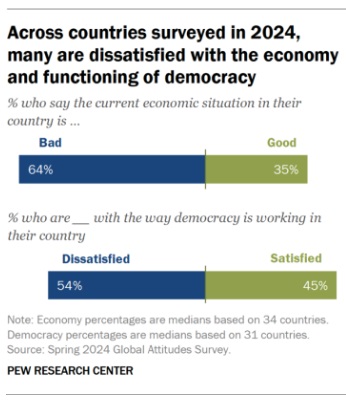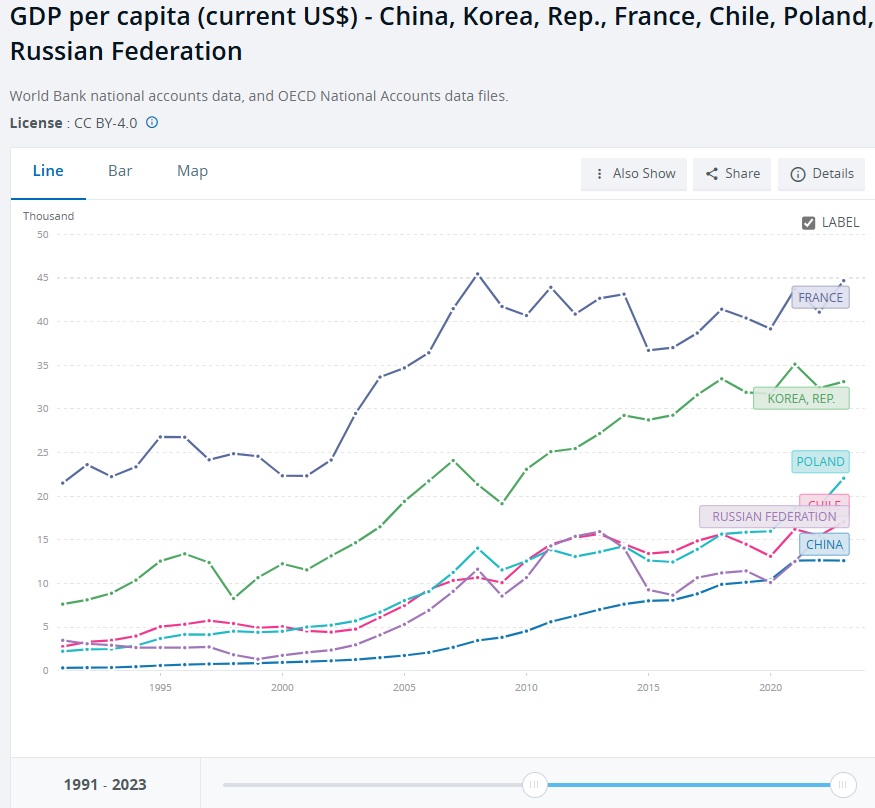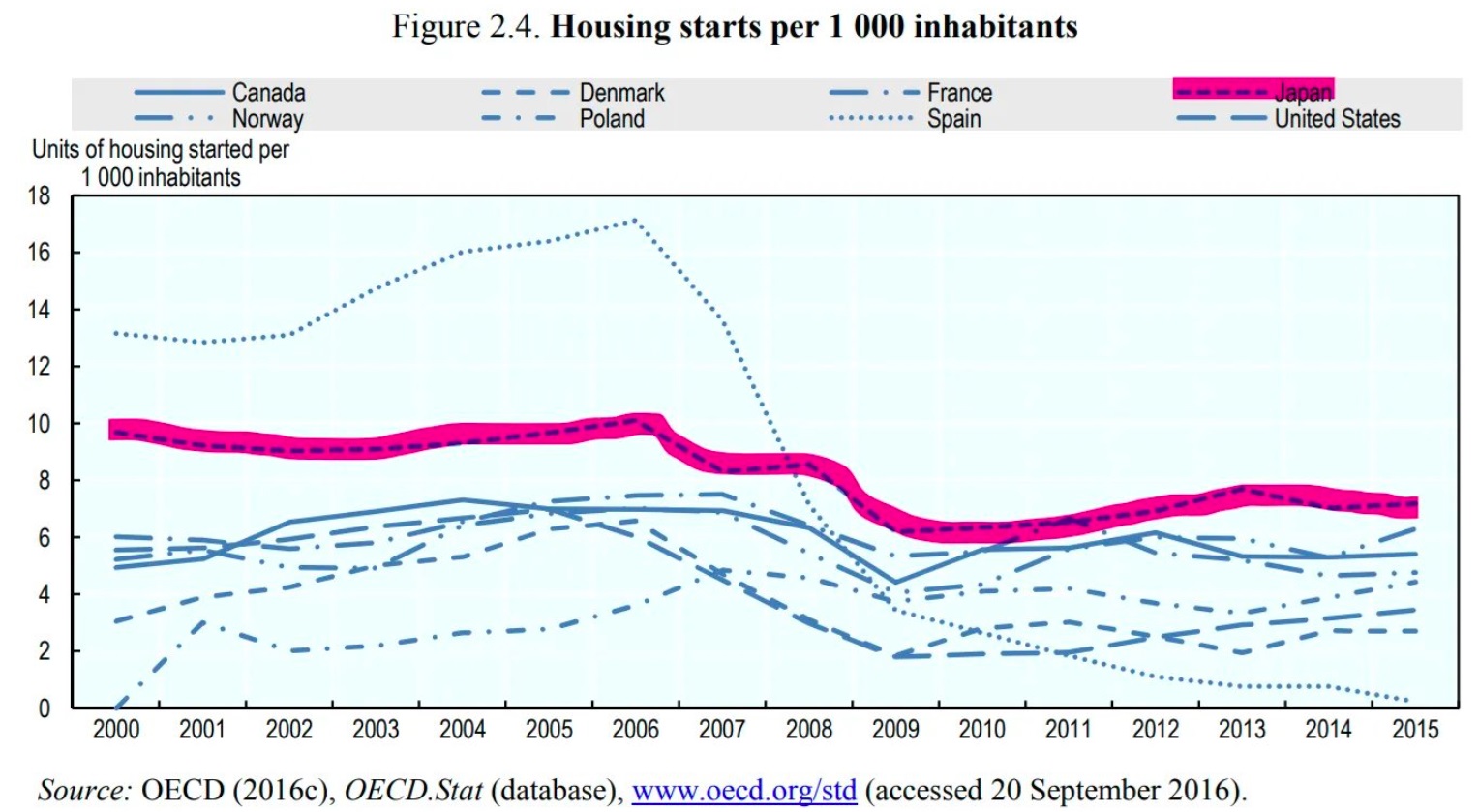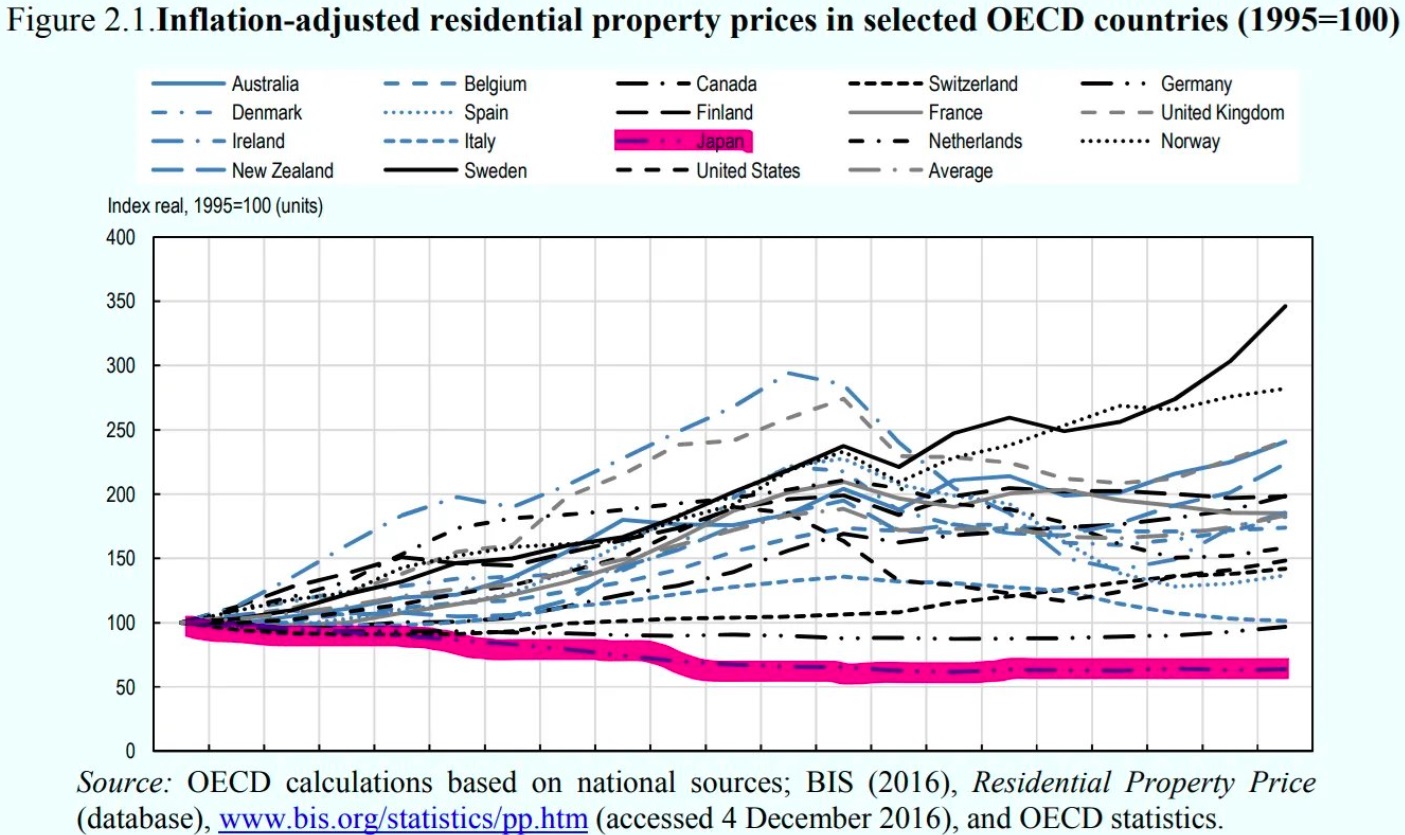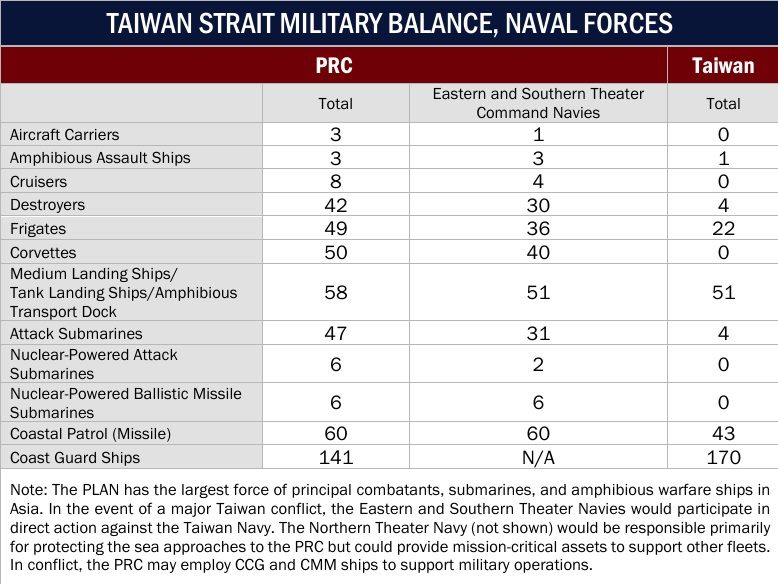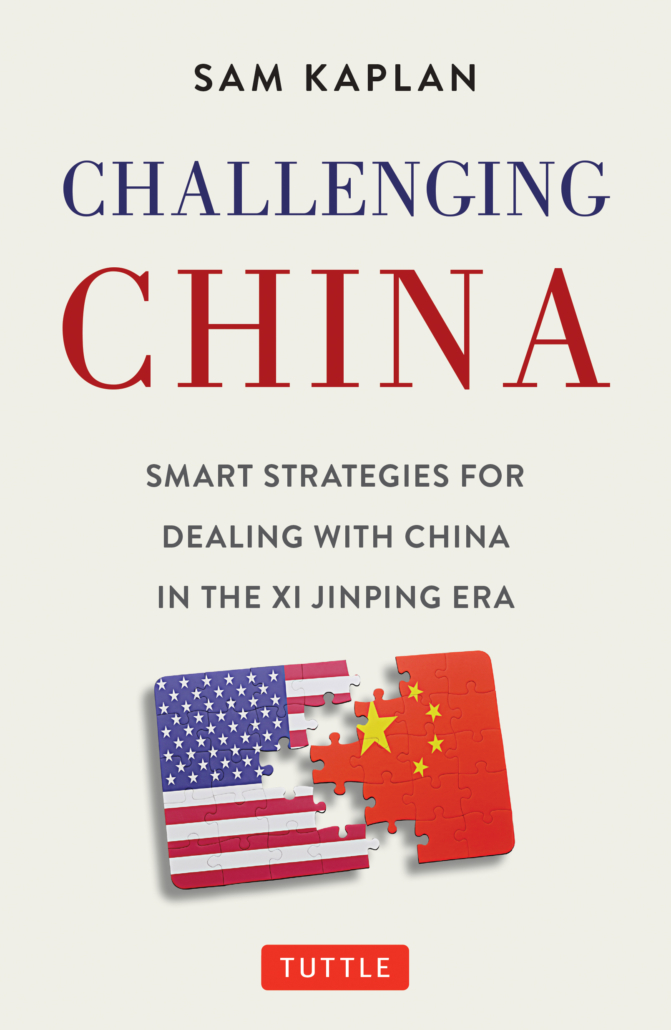The holidays are all about community. People often travel far and wide to join together this time of year. It was all about community a week ago at The Tractor Tavern in Seattle. A friend invited us to a tribute concert by KMRIA to the Pogues and the late, great Shane MacGowan, who died just over a year ago. We are not a big tribute band person though decades ago we remember enjoying a Neil Diamond tribute band. “The real Neil,” the band members proclaimed about their faux Neil.
But KMRIA at the Tractor was no ordinary band. It featured all-stars from the Seattle and Portland music scenes, including members of the Decemberists and Minus Five. And while there is no way to fully fill the vessel of MacGowan, KMRIA performed Pogues songs—27 of them—wonderfully during two sets. Some Pogues songs feel like, as has been said about Dylan songs, as if they always existed, that Macgowan and his bandmates snatched them out of the air like leaves wafting in the wind—that if we found ourself wandering the hills of some green covered land centuries ago, we might come across the boys and girls singing, “There was whiskey on Sunday and tears on our cheeks; You sang me a song that was pure as the breeze; On a road leading up Glenaveigh.”
And sing we did that evening. The whole building filled with the voices on stage and the audience joining in with them, a community united in song. Just as these tunes seemed to have forever existed, we like to think they always will. We envision two possible futures of our species. In one we see a gnarled hand clinging to a charcoaled rock, its body singing, “Coming up threes, boys; Keep coming up threes, boys; Let them go down in the mud; Where the rivers all run dry.” In the other future a lonely soul trapped in a brain interface comes across digital detritus of A Rainy Night in Soho, the ones and zeros reproducing the songs mystical sounds. One of the band members said of MacGowan last Thursday night, “No one expected him to live that long, but it was still too soon.” We felt like we had never said a proper goodbye to the toothless, drunken Irish poet. Last Thursday was a chance to do so, an Irish whiskey in our hand, a multitude of songs in our heart. And with garbled voice and slurred words we shout Democracy Now, call for more housing, and eye China’s military buildup. It’s this week’s international Need to Know, the Hanukkah of international information, the holy spirit of global data.
Without further ado, here’s what you need to know.
Democracy Now?
In our Substack article last week, The Silencing of the Chimes, we asserted the world is now in an era where America is no longer a beacon of democracy. Not coincidentally, this takes place at a time when democracy’s brand around the world is none too shiny. Earlier this year, Pew Global did a survey of what people think about democracy and their governments. Not nearly as well as one would hope. In the survey of people across 34 countries, 54 percent are dissatisfied “with the way democracy is working in their country,” with only 45 percent satisfied. Pew’s article about the state of democracy in the world notes that this might be related to the fact that 64 percent say the “current economic situation in their country is bad.” And, of course, as Pew notes, perhaps this is why lots of incumbents lost in elections over the last year. The 54 percent who are dissatisfied with the state of democracy in their country might remember that in non-democratic countries, economies are not doing so well. China claims they are growing at 5 percent but likely it’s closer to one percent, which is reflected in lots of Chinese dissatisfaction. Iran is in the midst of an electric power crisis and has a wretched economy. North Korea’s economy is like how Justin Baldoni’s defense is faring. Russia grapples with high inflation and a range of severe economic challenges. Wherever you look, democracies, as troubled as they might be, outperform non-democracies. And, the 64 percent unhappy with their countries’ economies can vote their leaders out and publicly complain about them. Something Chinese, North Koreans, Russians and people in a multitude of non-democracies cannot.
France, South Korea, Poland and Chile–all democracies, some recent, some old–are in much better shape economically than non-democracies.
Build Housing, Have Affordable Housing
Here is your semi-regular reminder that the number one thing you can do to have affordable housing is to build more housing. This will solve or partially solve a whole host of problems, including homelessness, economic mobility and commuting issues. But for whatever reason when talking about housing prices, often the least talked about solution is making it easier to build housing. We’ve shared similar data in the past, but as a helpful reminder for the new year, we present two charts below from Maxwell Tabarrok. The first chart shows housing starts per 1,000 inhabitants, highlighting that Japan consistently builds more housing than other countries. The second chart depicts inflation-adjusted residential property prices in select OECD countries, where Japan shows the lowest increases in housing prices. Note that though Japan’s population is decreasing, the size of Tokyo has increased, but its housing prices haven’t. That’s because they are building housing in Tokyo. Japan has all sorts of challenges. Building is not a panacea for everything. But it can do a lot of good and countries and metropolitan regions should prioritize making it easier to achieve.
China Corner: DOD Assesses PLA
We’re increasingly concerned that Trump is essentially in cahoots with Xi Jinping to make the world safe for authoritarianism. He has been harder on Canada and Mexico than China in regards to tariff threats. He invited Xi to his inauguration, stated that China and the U.S. can solve the world’s problems together, and allowed Elon Musk to torpedo anti-China provisions in Congress’s continuing resolution. If we get a chance during the holiday break, we’ll write a Substack about this. But for now, let’s ponder just how big a threat is China? China’s economy continues to struggle though it is far from collapsing. But what about its military? The U.S. Defense Department recently submitted its annual assessment of China’s military. It compares China’s capabilities across its armed forces, its ability to project those forces, and tries to understand China’s strategies, among other things. The report states that the People’s Liberation Army (PLA) has been working to enhance its capabilities across all domains. It also notes that China is working to develop capabilities that will allow it to “threaten conventional strikes against targets in the continental United States, Hawaii, and Alaska.” And what about Taiwan, which we are increasingly worried China will blockade, and if that doesn’t work, invade before 2028. Well, “Numerically, the PRC has the largest navy in the world, with a battle force of over 370 ships and submarines, including more than 140 major surface combatants.” And gaze at the chart below comparing China and Taiwan’s military capabilities. Have a nice boxing day.


